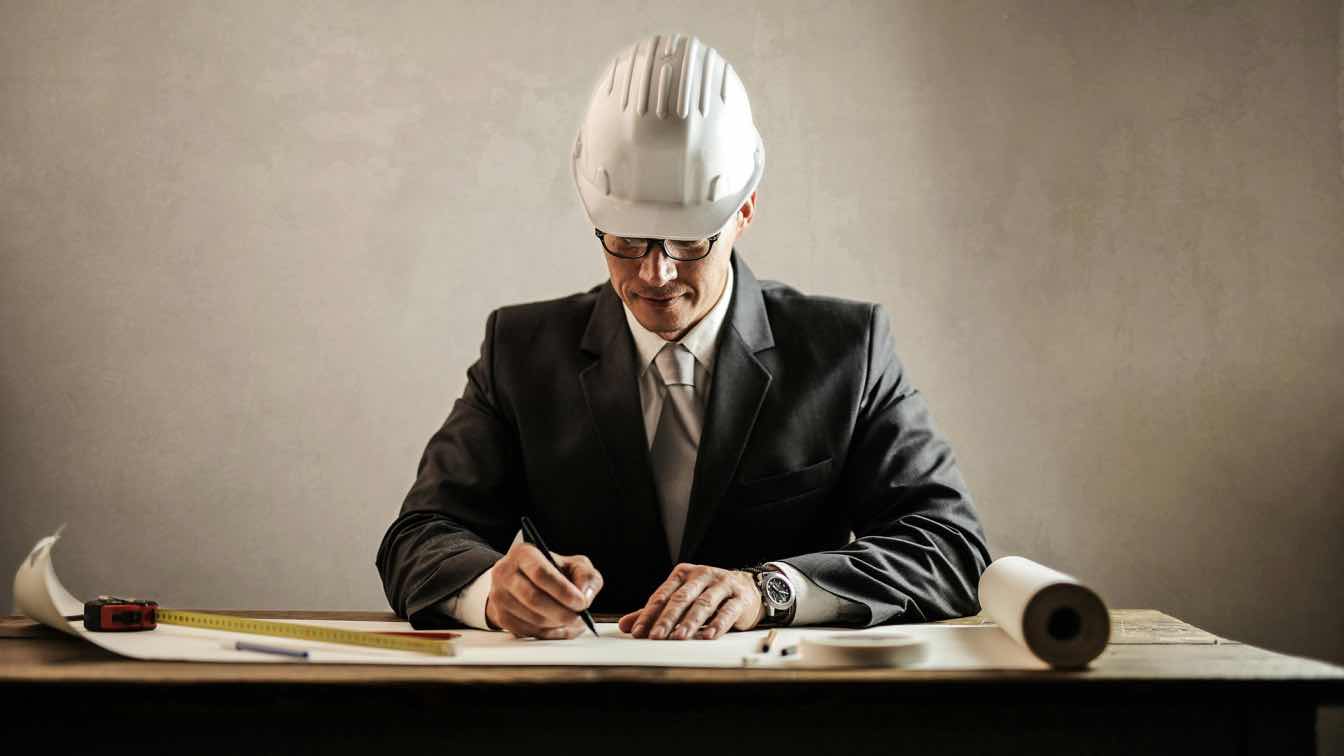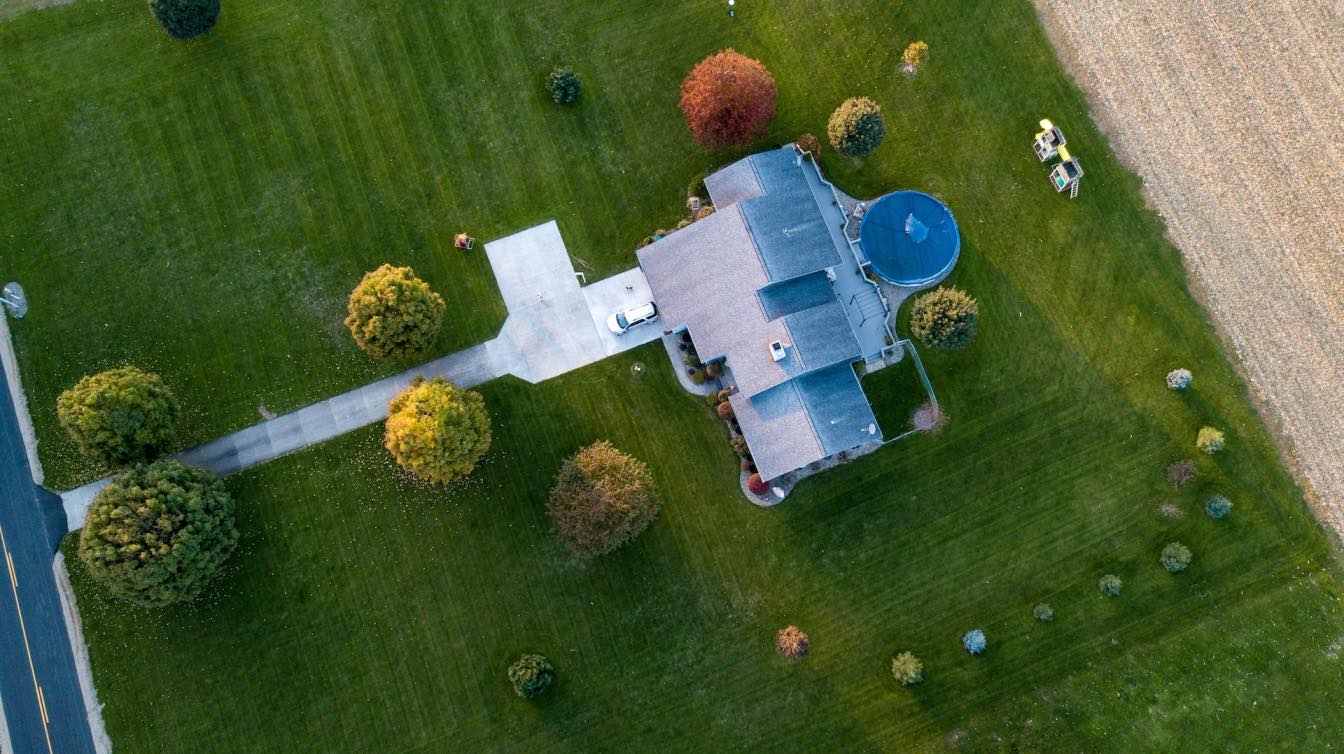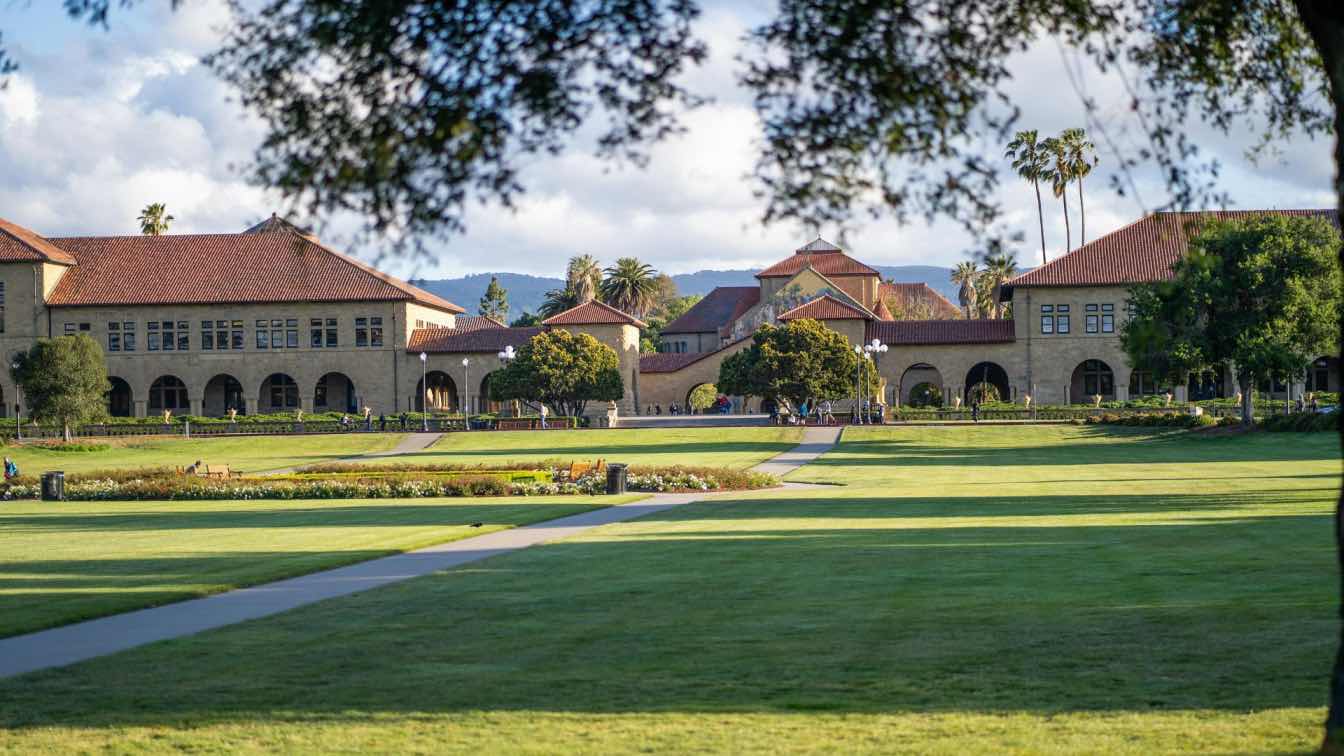The issue of safety at schools is one of the trickiest because it refers to parents and students. But at this stage, they divide into different “camps” - parents want to be sure their children are safe at school, but students want to avoid this feeling of being “prisoners.”
Today, students are under close monitoring, which may annoy them greatly. College professors control their academic achievements, writing deadlines, scores, etc. They want to ensure a student does not buy a thesis paper but works on it personally from A to Z. They do not consider that repeatable services like ThePensters.com and many others are absolutely safe because they only offer help and high-quality assistance with writing. As for the parents, they also want to monitor everything - from college attendance and safety issues to writing achievements. Thus, parents want schools to provide their children with as much security as possible, which highly irritates the second nones.
So, how can schools provide safety while still remaining open enough to provide students with the feeling of freedom? This article will discuss architecture and design ideas as well as consider their pros and cons.
Psychological Impact
This is the first point from which to start – it is crucial to tell students about the school’s striving for their safety, potential threats, students’ rights, and ways to prevent various issues. Every student should know that his/her safety is one of the main priorities at school, and all these preventive measures are organized to offer this safety, not to monitor every student’s step.
If you communicate all these questions to school students, tell them that the school worries about their safety and wants to do everything possible to make the learning process harmless and still provide as much openness as possible. In this case, students are more likely to treat this information with understanding because every person wants to be heard, and such a dialogue can prevent irritation in students.
Incorporating Technology
With the rise of technology, there is much opportunity to secure schools. Cameras, motion detectors, turnstiles, fire alarm systems, and many more are the must-haves at schools to provide students with maximum security and safety. Of course, these tools cost some money, and if the government does not allocate funds for such purposes, parents can bear these expenses and help schools provide security to their children.
First, this contributes to their children's safety and, secondly, to their personal calmness.
Designing for Prevention
Controlling access points, clear sightlines, and optimized layouts for supervision can help prevent security threats.
For example, with the help of keycards or biometric scanners, schools can easily regulate who enters the building. With some systems, students get personal cards so the school can detect if a particular person comes to the building. It may sound a bit strange that a school monitors who comes to the building, but the cases of kidnapping have increased, and this information can help teachers and parents get the most information concerning a student movement.
Clear sightlines ensure unobstructed views throughout the school environment, minimizing opportunities for concealment and unauthorized activity. Thanks to open and well-lit areas with ample visibility, it is easier for staff to monitor student behavior and detect any suspicious. Also, it is essential to arrange spaces to minimize blind spots and maximize coverage to allow staff to maintain constant oversight of high-traffic areas, corridors, and gathering spaces.
Emergency Response Planning
Providing clear evacuation routes, designated safe zones, and communication systems is crucial to offer maximum safety to school students. Some schools do not pay enough attention to these points, but these are important to produce quality help in emergencies.
Facilitating effective emergency response procedures, such as providing clear evacuation routes, designated safe zones, and communication systems, is vital. Schools are places with hundreds of people, and in case of an emergency, be it a fire alarm or anything else, it is imperative to provide school learners with well-organized instructions and evacuation plans so that everyone can leave the building fast and safely.
When it comes to a safety question, most parents and schools are ready to do their best in order to provide their children with maximum security during the learning process and these points can help them meet the target.
Of course, these preventive measures can irritate young learners, but there are many ways to make students feel free even with such tools. For example, most schools do not let their students go outside during breaks, and in this case, they can organize indoor activities or even build a small park on the patio to help school learners meet their needs and feel free.
School students consider themselves adults who should not be watched, but if schools offer enough security and consider students’ needs, everyone will benefit from such measures.





